Preservation of goods
Standard Wooden Pallet Storage Process – Sancopack
Wooden pallets are one of the indispensable products in the process of storing and transporting goods. However, to ensure that wooden pallets are always durable and beautiful, and not damaged by the environment, proper preservation is a very important factor. Below is the most standard wooden pallet preservation process, applicable to all products manufactured by Sancopack Company. This guide will help customers maintain the lifespan of pallets, ensure load-bearing capacity, and avoid risks such as mold, termites, rot or warping.
1. Purpose of preserving wooden pallets
The goal of wooden pallet preservation is not only to keep the product from being damaged, but also to ensure:
-
Maintains the original wood quality , without deterioration over time.
-
Maintain a sturdy structure so as not to affect load-bearing capacity.
-
Minimize harmful agents such as high humidity, microorganisms, insects and mold.
-
Ensure pallets are always ready for use in the best condition.
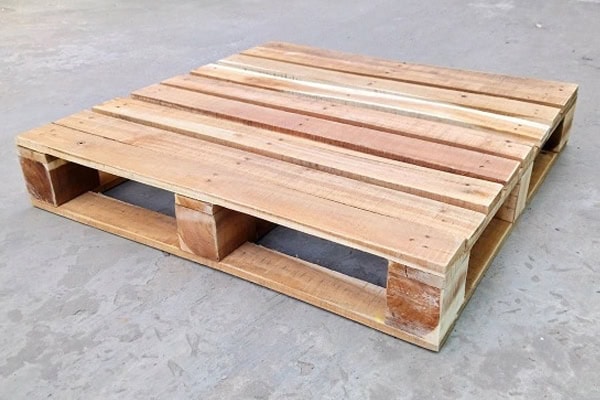
>>> See More : Structure and How to Arrange Goods in a Reefer Container
2. Scope of application
This preservation guide is applied to all types of wooden pallets manufactured and supplied by Sancopack Company , including acacia wood pallets, pine wood pallets, eucalyptus wood pallets, mixed wood pallets…
3. Conditions for storing wooden pallets
3.1. Standard warehouse location
-
The warehouse needs to be designed to be airy , clean, and fully covered to avoid direct sunlight and rain.
-
Warehouse floor should be concrete , flat and always dry . Avoid placing pallets in direct contact with the ground or in locations prone to flooding.
-
If pallets are stored outdoors temporarily, they should be covered with waterproof tarpaulin.
3.2. Humidity and temperature control
-
Recommended air humidity : Below 65% RH (Relative Humidity).
-
Avoid placing pallets in places with condensation , damp corners or areas with poor air circulation.
-
During the rainy season or times of high humidity, ventilation fans or dehumidifiers should be installed to protect the wood.
-
For large warehouses, humidity measuring and warning systems can be installed for better control.
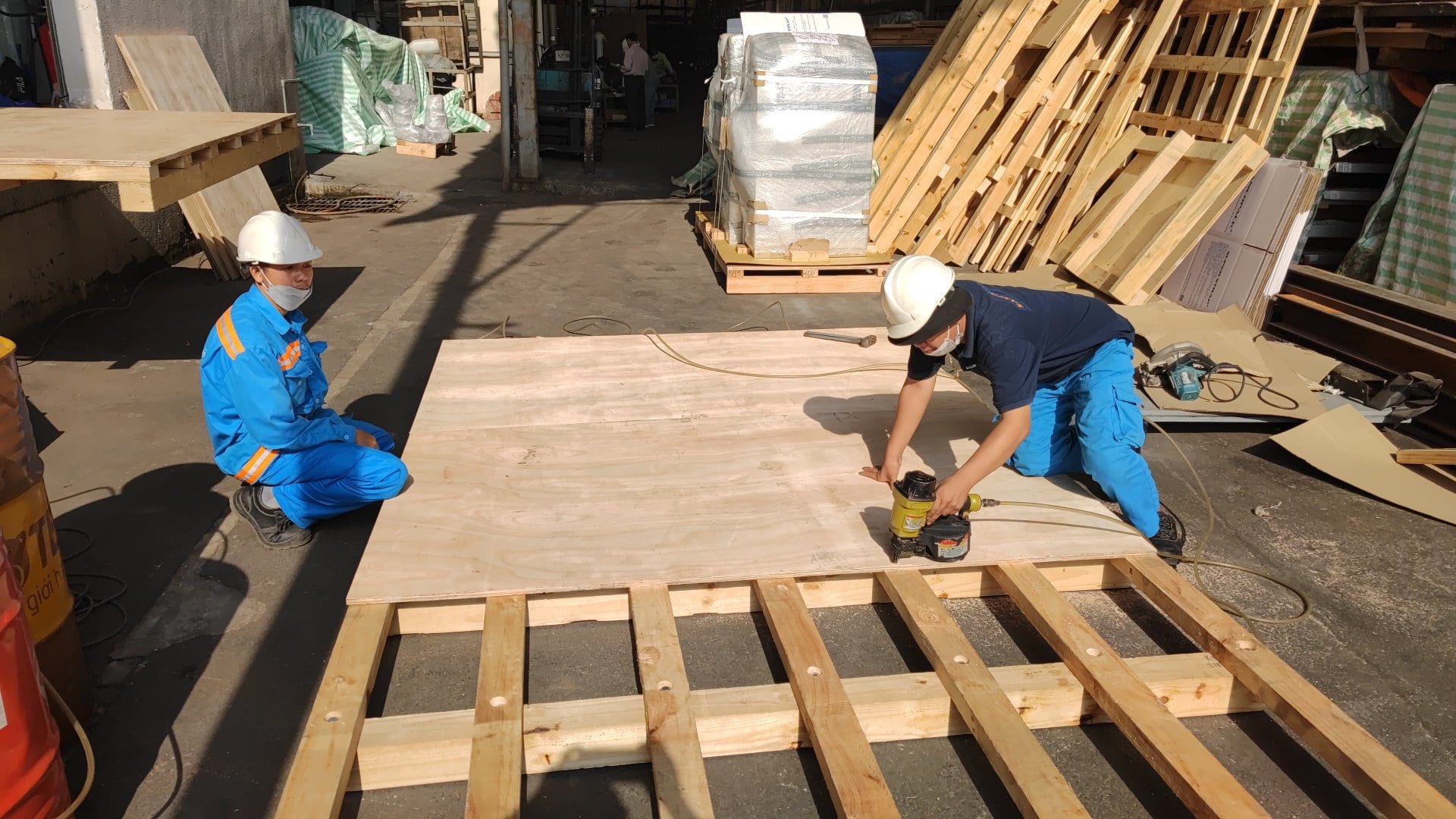
4. How to arrange and store wooden pallets properly
4.1. Reasonable stacking
-
Stack pallets in separate batches of the same type and size for easy control and to avoid warping.
-
Do not stack more than 25 pallets/stack to ensure that the pallet below is not deformed due to compression force.
-
Always place supporting wood or auxiliary pallets below the first layer , avoiding direct contact with the warehouse floor.
-
Ensure aisles between pallet stacks for easy inspection and cleaning.
4.2. Avoid harmful agents
-
Absolutely do not place pallets near heat sources such as boilers, dryers, direct light bulbs…
-
Avoid contact with solvents, chemicals, oils and grease – things that can denature or rot the wood.
-
Do not place pallets near water sources such as faucets, tanks, or leaking pipes.
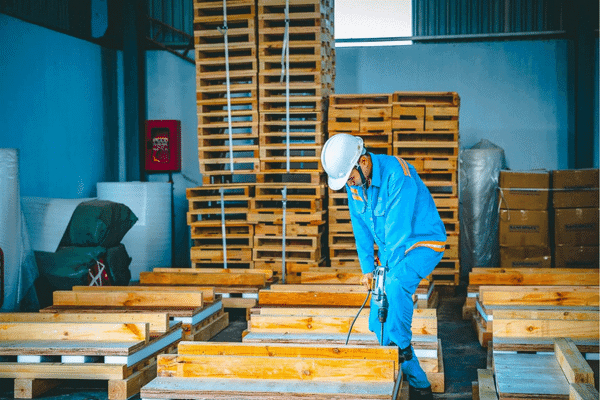
5. Prevent termites and mold for wooden pallets
Termites and molds are two serious threats to wooden pallets if not treated promptly.
Effective preventive measures:
-
Do not place pallets near materials that are susceptible to termites such as damp cardboard, scrap wood, or old plywood.
-
Clean the warehouse regularly , avoid damp areas that have existed for a long time.
-
Set biological termite traps or use specialized termite killers that have been tested for safety.
-
Check gaps and hidden corners in the warehouse – places where termites often nest.
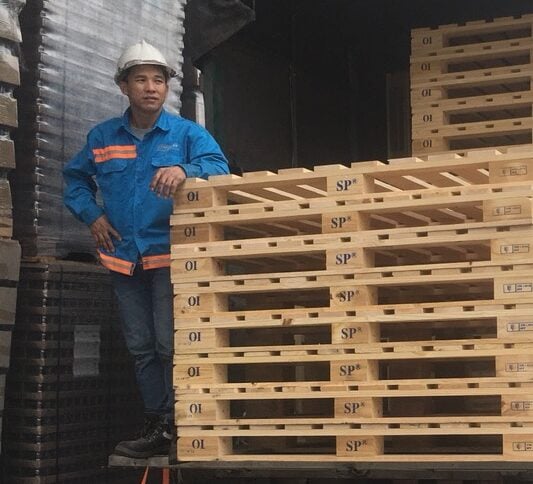
6. Record and periodically check pallets
-
Inspect pallets once a month for signs of damage or deterioration.
-
Some signs to watch out for:
-
Mold or moisture stains appear on the wood surface.
-
Deformation in shape : warping, breaking, cracking.
-
Damp or strange wood-like odors – signs of termites or wood-eating fungi.
-
-
Customers should record and classify defective pallets for timely handling.
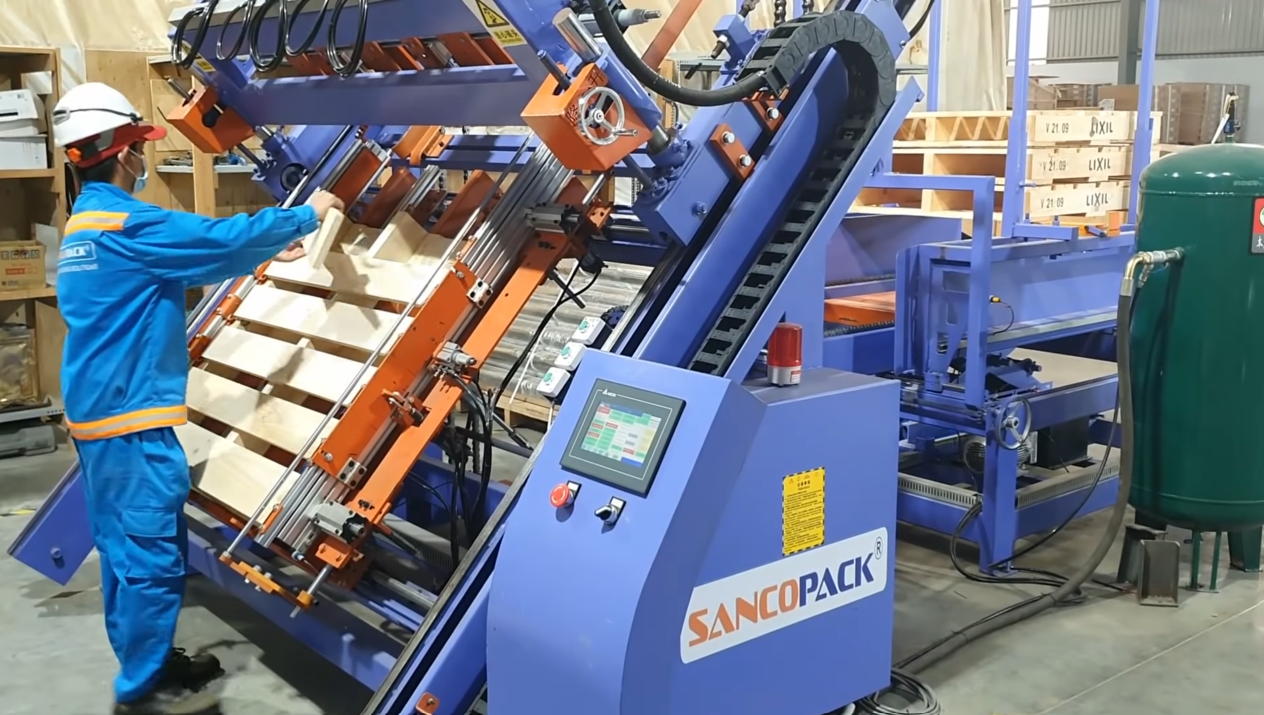
7. Recommendations for proper use of wooden pallets
-
Do not use pallets for purposes other than storing goods , for example making tables and chairs, burning wood, decorating, unless specifically treated for that purpose.
-
Do not stack goods exceeding the recommended load , avoid breaking the bearing bar or damaging the structure.
-
Pallets that have been used many times or show signs of damage should be separated for repair or replacement.
-
Limit moving wooden pallets with inappropriate equipment (such as dragging by hand), use forklifts or specialized carts.
8. Contact information for warranty and repair of Sancopack wooden pallets
When customers discover that the pallet shows signs of damage that need to be repaired, or need warranty support, please contact:
-
HOTLINE: 0987.905.554
-
Email: info@sancopack.com.vn
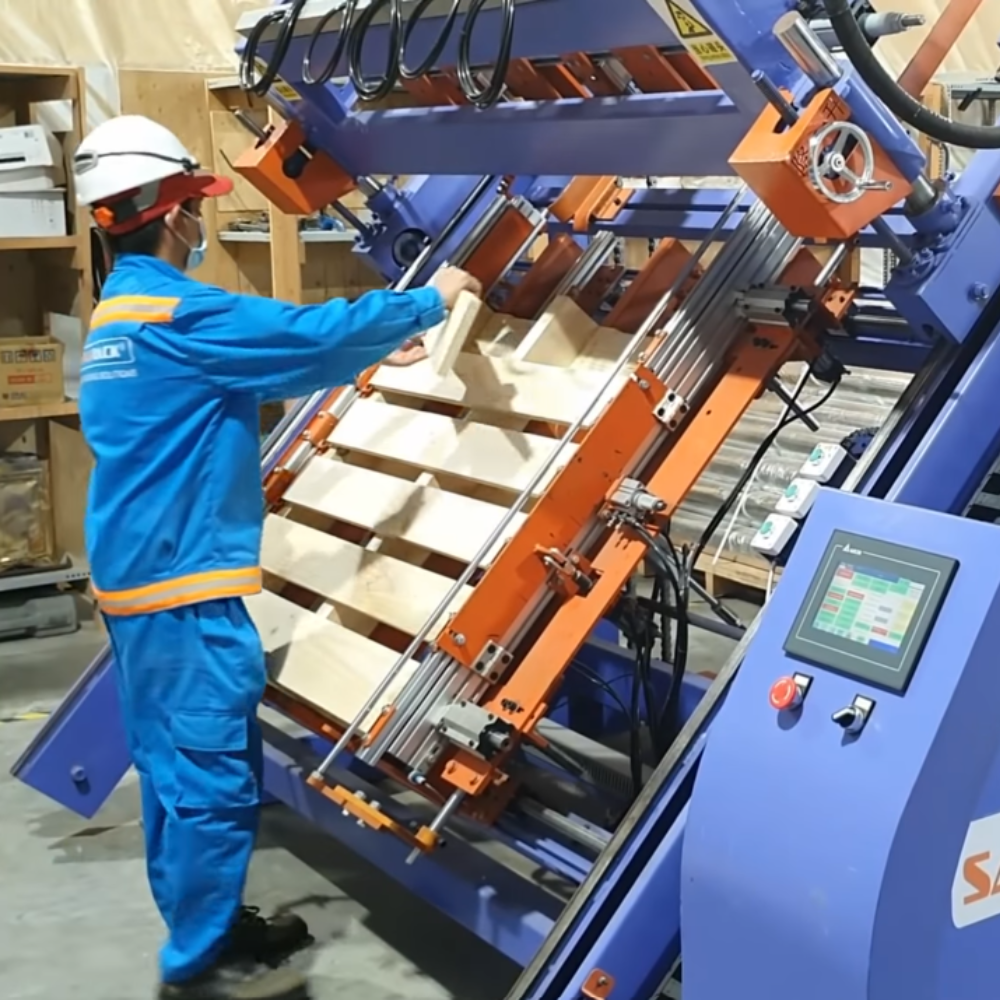
Sancopack branch system nationwide:
-
HCMC : 8 Hoang Minh Giam, Phu Nhuan District
-
Binh Duong : 56/13 Vinh Phu 35 Street, Western Quarter, Vinh Phu Ward, Thuan An Town
-
Dong Nai : Tavico Long Binh, Bien Hoa City, Dong Nai Province
-
Bac Ninh : Dong Tho Industrial Park, Yen Phong Town, Bac Ninh
-
Hai Phong : Rung Ferry, Thuy Nguyen, Hai Phong City
-
Hai Duong : Hung Dao Town, Tu Ky District, Hai Duong Province
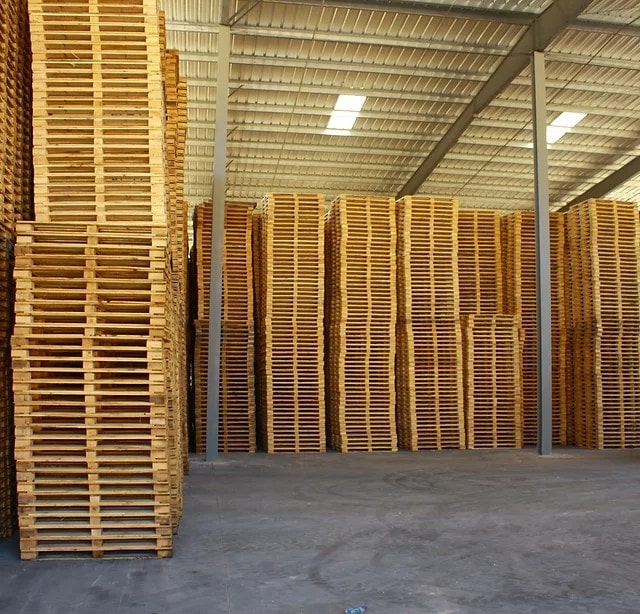
Summary
Proper storage of wooden pallets not only helps prolong the life of the product but also ensures efficient warehouse operations and saves costs for the business. With the detailed instructions above from Sancopack – a leading prestigious wooden pallet manufacturer , we hope you will have more useful knowledge in the process of using and storing wooden pallets.
If you are looking for a reputable and quality supplier of wooden crates, wooden pallets, and lashing products, please contact Sancopack immediately via Hotline: 0908105115 to receive the earliest advice and quote!


